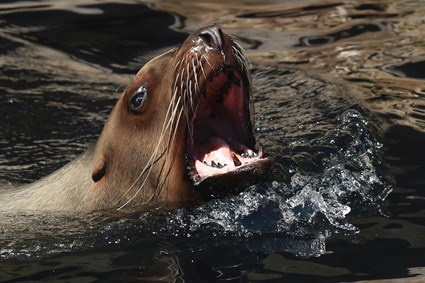The Tsawwassen First Nation wants to take a cautious approach.
That’s what officials with the First Nation told the Optimist last week following reports the TFN has joined a newly formed group of commercial and sport-fishers that are calling on the federal government to allow a West Coast seal and sea lion cull.
Called the Pacific Balance Pinnipeds Society, the group claims that the large populations of seals and sea lions will endanger the salmon population.
The group recently held a meeting at the TFN to discuss the issue. An official with the TFN said afterward that they agreed to host the meeting which had members of several other Lower Fraser First Nations in attendance, but it’s not clear whether those members were official representatives of those communities or concerned individuals.
The TFN acknowledge the sea lion and seal population is a concern, but the TFN at this time are not advocating a harvest, instead believing more data needs to be gathered on the west coast populations.
Mike Baird, fisheries coordinators with the TFN, agreed, adding “Responsible stewardship of salmon fisheries means taking steps to protect them, if that’s what the data shows. There is an immediate need to gather data so we can make informed decisions about managing the future of our local salmon population.”
Both seals and sea lions were hunted on the B.C. coast, but by the early 70s the practice was banned.
A Department of Fisheries and Oceans paper that notes several species have become more abundant, causing concern among fishermen who often view the animals as competitors for fish and as a source of damage to their gear and catch. It is not surprising, therefore, that many fishermen support culling programs that would maintain populations at low levels.
“However, this solution conflicts with the goals of many others, who believe populations should be left to reach a natural balance. Resolution of these differing perspectives presents a dilemma for fisheries managers in B.C., and in many other parts of the world,” the paper states.



